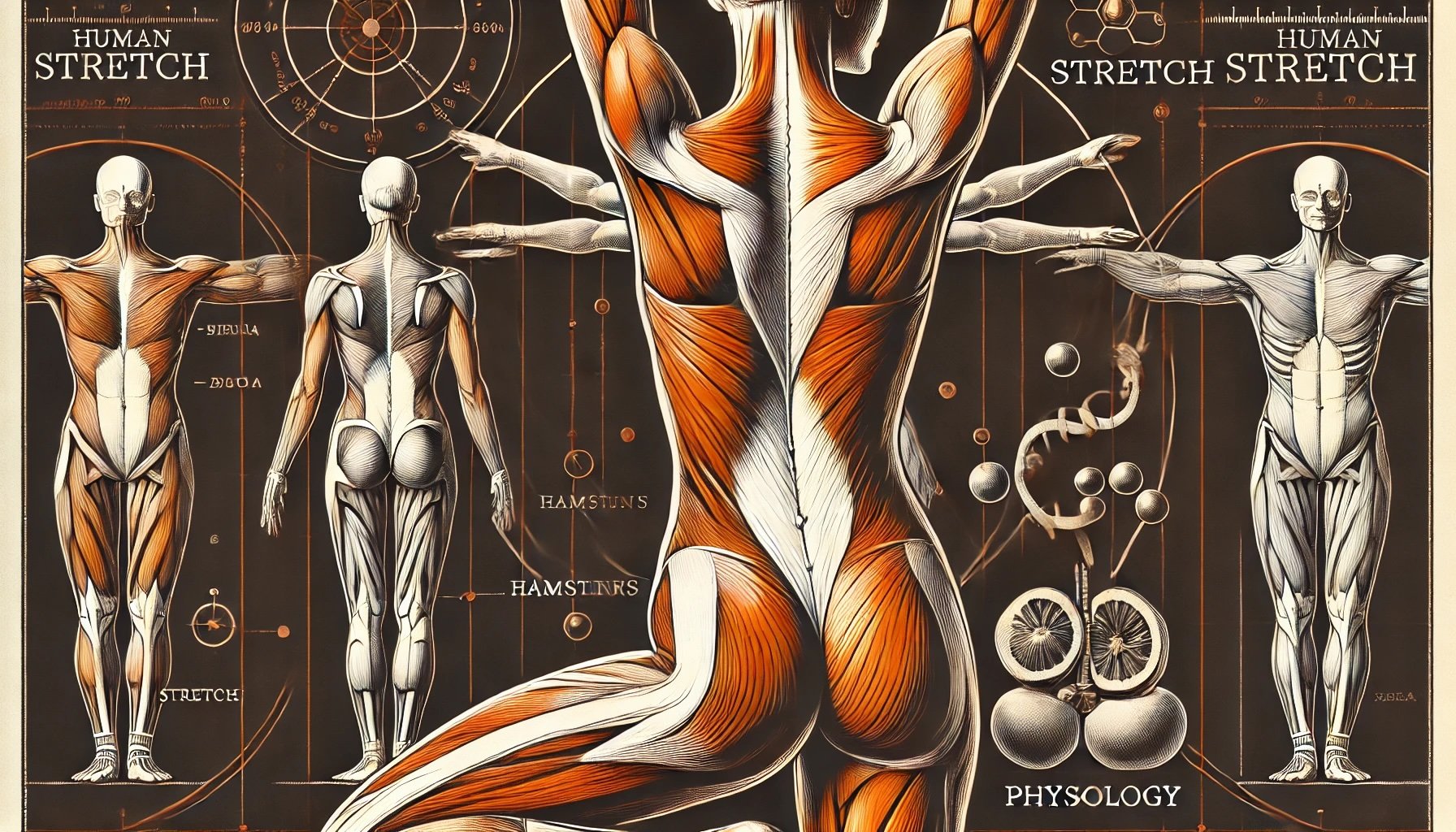
The Science of Stretching:
A Foundation for Yoga Practice
Three bespoke 2-hour workshops - Strictly Limited Places
Are you ready to deepen your understanding of how stretching can transform your body? Join us for a series of three targeted 2-hour workshops, each designed to explore the science of stretching and how it can improve your flexibility, mobility, and overall well-being. These workshops are perfect for yoga practitioners, fitness enthusiasts, or anyone interested in moving more freely and feeling great.
1. Happy Back Saturday 19/10/2024 at 2pm
2. Healthy Hips. Saturday 02/11/2024 at 2pm
3. Hamstring Freedom Saturday: 16/11/2024 at 2pm
Each workshop is only £25, and space is limited.
Reserve your spot today and start your journey to a more flexible, healthier body!
Stretching is one of the core elements of yoga practice. As simple as it may seem, stretching is grounded in science and plays a crucial role in enhancing flexibility, improving muscle function, and promoting overall well-being. When incorporated into a yoga routine, understanding the science behind stretching can amplify its benefits, making your practice both safer and more effective.
1. The Physiology of Stretching
Stretching impacts the muscles, tendons, ligaments, and even the nervous system. When you stretch, you’re primarily working on muscle fibers, specifically sarcomeres, the basic units of a muscle. These fibers elongate, and if stretched consistently over time, the muscles adapt to accommodate greater ranges of motion.
Stretching also stimulates receptors called muscle spindles and Golgi tendon organs. Muscle spindles detect changes in muscle length and trigger a reflex that causes the muscle to contract, preventing overstretching. In contrast, the Golgi tendon organs detect tension and, after sustained stretching, cause the muscle to relax. This interplay between tension and relaxation is essential in yoga, where balance, control, and flexibility are key.
2. Types of Stretching in Yoga
Yoga incorporates various forms of stretching, each with a specific scientific basis and intended outcome:
• Static Stretching: This is the most common form of stretching in yoga, where a pose is held for a specific amount of time, typically 15–60 seconds. Static stretching helps elongate muscles and improve overall flexibility.
• Dynamic Stretching: Often used in sequences like Sun Salutations, dynamic stretching involves controlled, rhythmic movements. It warms up muscles, increases blood flow, and prepares the body for more intense stretches.
• Proprioceptive Neuromuscular Facilitation (PNF): Some yoga poses involve isometric contractions followed by stretches. This method, rooted in PNF, helps increase flexibility by tricking the nervous system into allowing a deeper stretch after contraction.
3. Stretching and Fascia
Fascia, the connective tissue surrounding muscles and organs, plays an important role in the science of stretching. In yoga, sustained stretches and movements help to release tightness in the fascia. By elongating the fascia, stretching improves mobility and flexibility, alleviating tension throughout the body. This is particularly relevant in practices like Yin Yoga, where poses are held for extended periods to target deeper layers of fascia.
4. Nervous System and Relaxation
Stretching not only benefits the musculoskeletal system but also has a profound effect on the nervous system. Deep, mindful stretches activate the parasympathetic nervous system, responsible for the “rest and digest” state. This helps in reducing stress, lowering heart rates, and promoting relaxation—key goals in many yoga practices.
5. The Role of Breathing
Breathing and stretching are deeply interconnected in yoga. Conscious breathing, particularly diaphragmatic breathing, enhances the effects of stretching by increasing oxygen flow to the muscles. The act of exhaling during a stretch can help the body relax and deepen the stretch, making it more effective and less likely to cause injury.
6. Stretching for Injury Prevention
In yoga, proper stretching helps prevent injury by improving muscle elasticity and joint range of motion. Over time, consistent stretching can help realign muscles and joints, leading to better posture and movement efficiency. Stretching also reduces muscle stiffness and soreness, helping the body recover faster after physical exertion.
Conclusion
The science of stretching is an essential pillar of any yoga practice. From the physiological effects on muscles and fascia to its calming influence on the nervous system, stretching provides both physical and mental benefits. By understanding the scientific principles behind stretching, yoga practitioners can deepen their practice, improve flexibility, and enhance overall well-being. So the next time you flow through a yoga class, remember that each stretch is not only lengthening your muscles but also harmonizing your body and mind.

